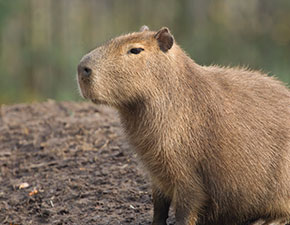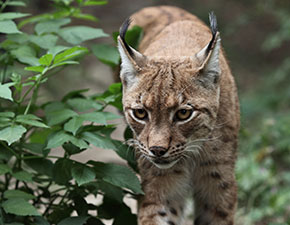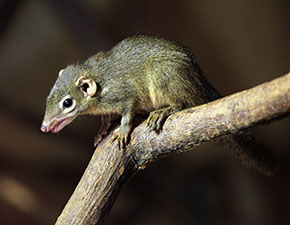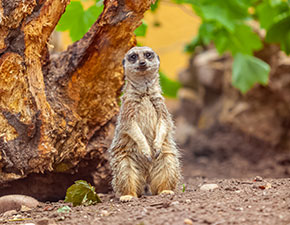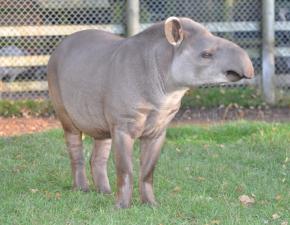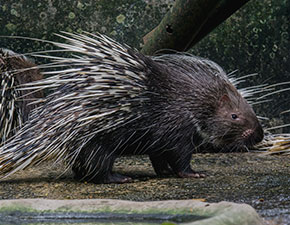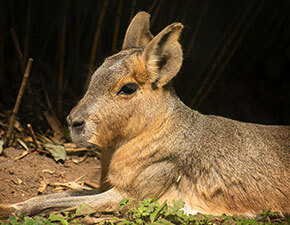
Babirusa
Babyrousa babyrussa
IUCN red list status:
Vulnerable
For more information, please visit iucnredlist.org
Babirusa are omnivores and will consume a large variety of leaves, roots, fruit, invertebrates and small vertebrates
They are found on two Sula Islands (Mangole and Taliabu) and Buru in Indonesia.
In the wild they live up to 10-years, but under human care have been known to reach 20-years
Will average 1-2 offspring annually.
Babirusa
Babirusa are part of the pig family, with their name meaning 'pig deer' due to their appearance. The most striking feature on these animals are their tusks, which are only seen on males. These tusks are strong enough to crack nuts with ease. Babirusa have been known to live in groups of up to 13 individuals and are often found lying in mud wallows together when resting.
Did you know?
Babirusa do not exhibit typical rooting behaviour of other pigs, due to the absence of a rostral bone in their nose. Instead they will prod soft sand and mud to find food.
